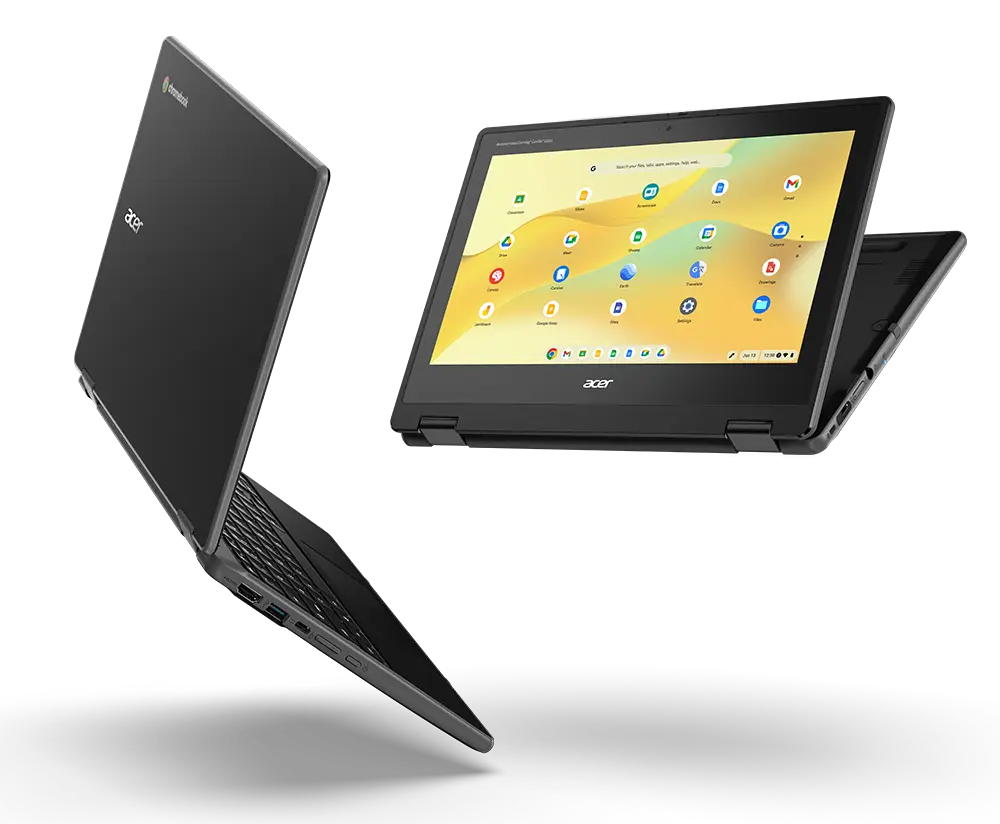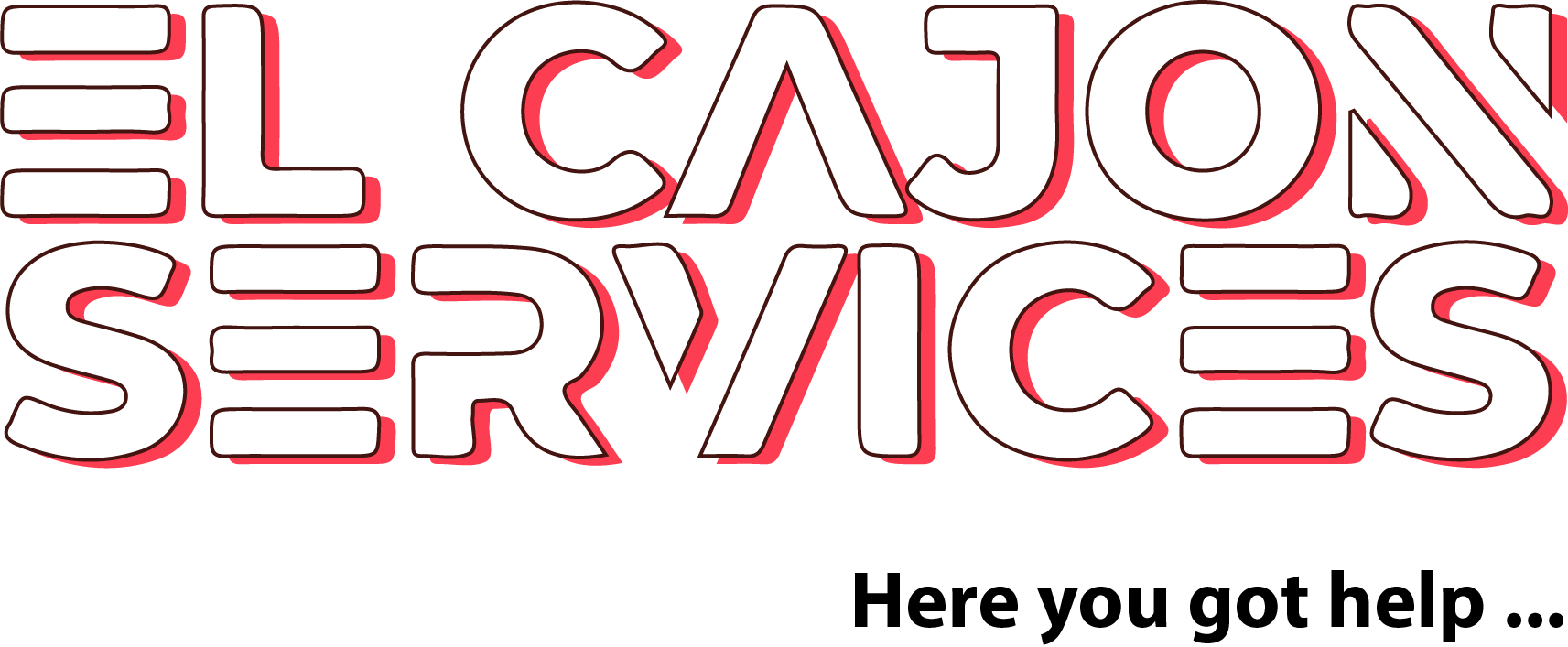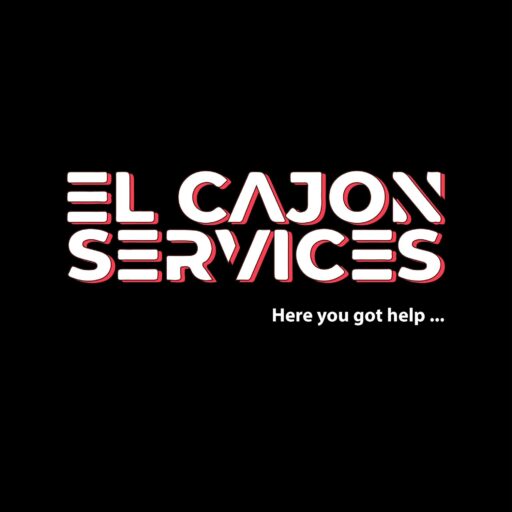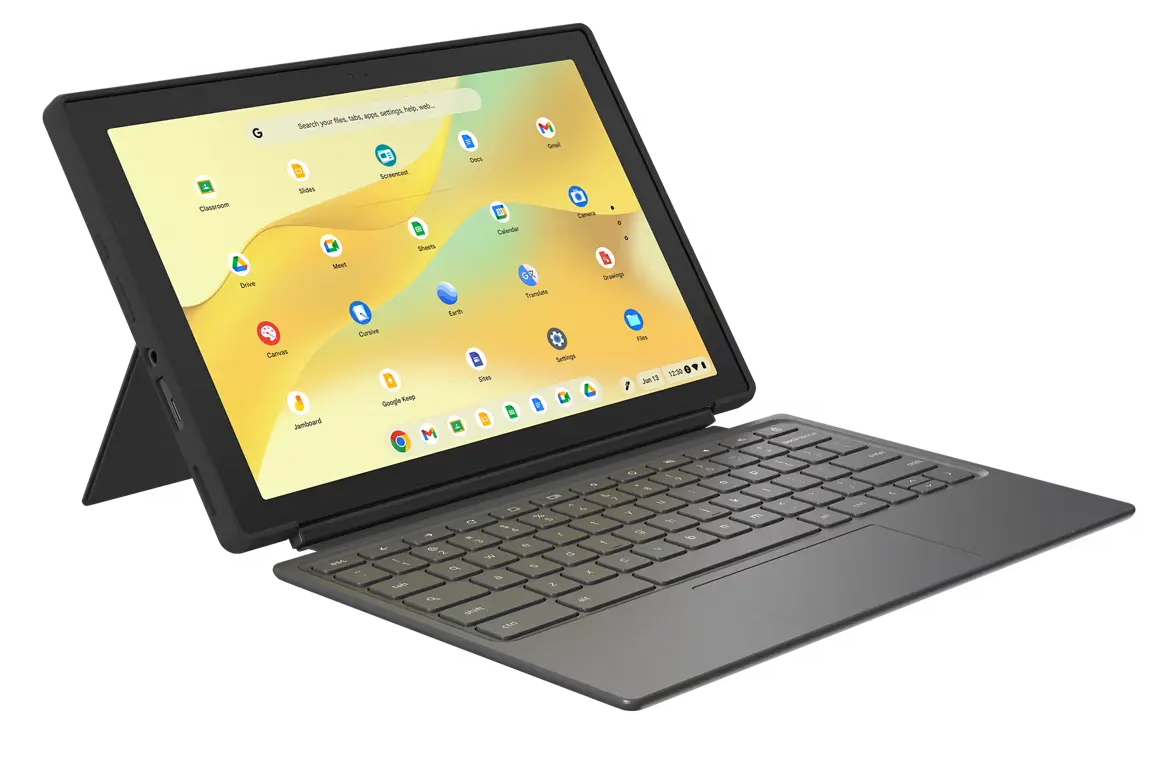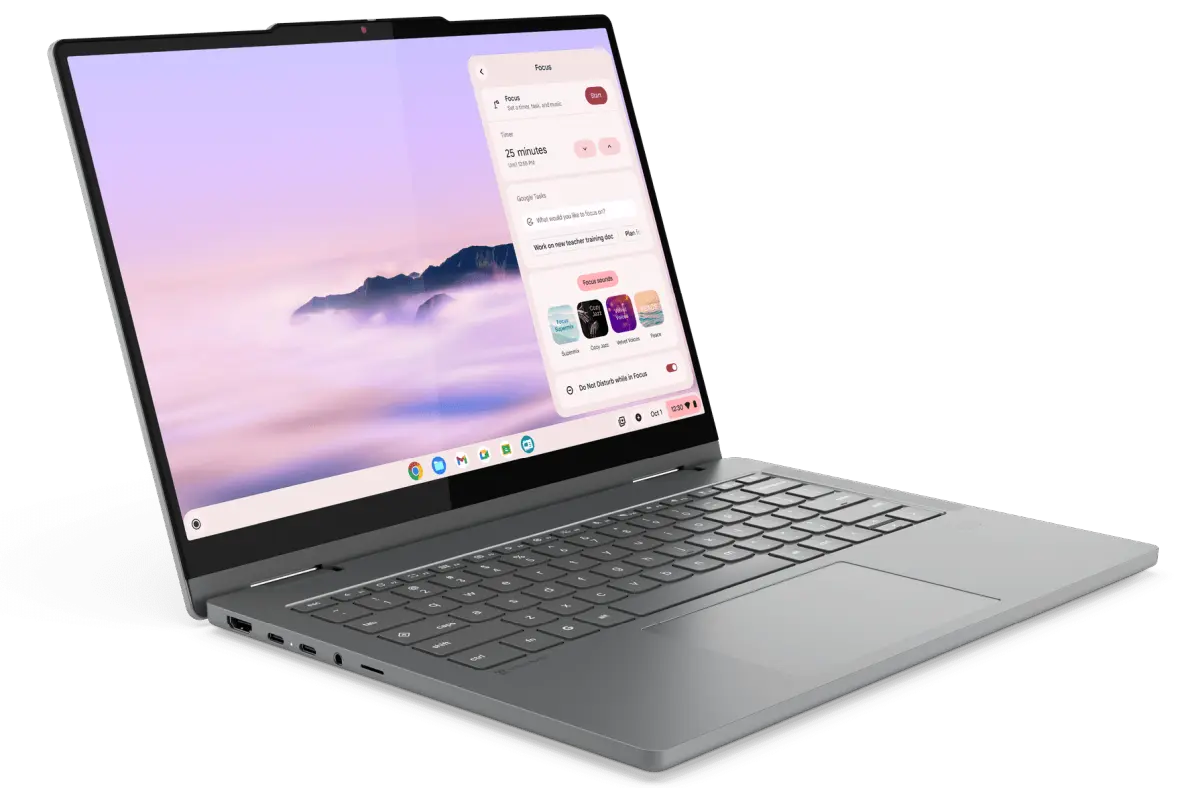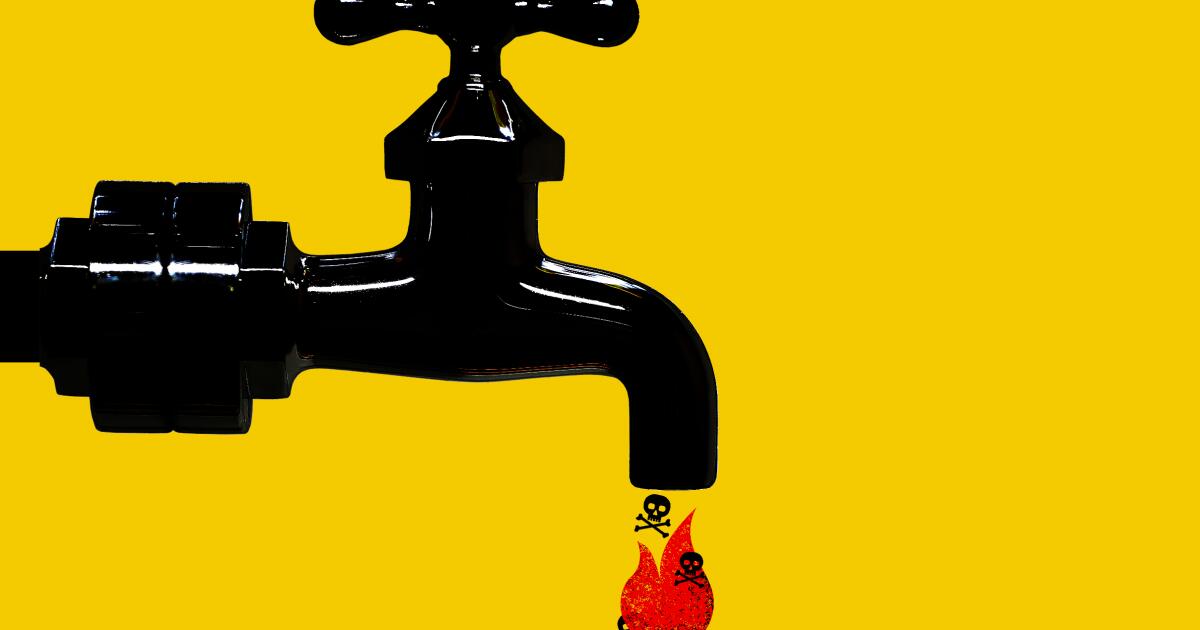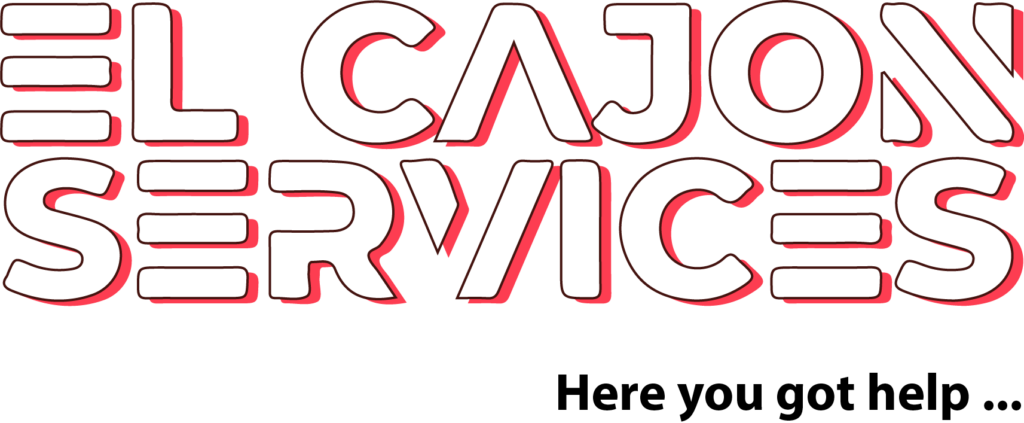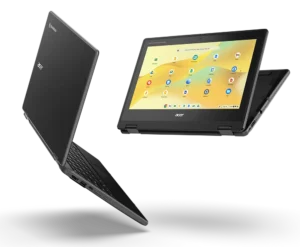Your Local SEO and Digital Marketing Experts in San Diego County
If you’re looking for the best dumplings in Southern California, a broad bean paste the manager at your local Ralph’s has never heard of or a place that serves a Hong Kong-style breakfast, Monterey Park is the place.
Some refer to the nearly 8 square miles on the western edge of the San Gabriel Valley as America’s first suburban Chinatown. Of the nearly 60,000 residents, more than 60% are Asian. On any given day, you’ll find an intersection of generations, with groups of elderly citizens congregating for tai chi or badminton at the parks in the early mornings, then onto the local McDonald’s for coffee and hash browns. Most of the younger residents spend evenings chatting and playing games in the many boba tea shops around town. The most vibrant nightlife in the area happens here, over plastic cups of milk tea speared with wide straws.
The predominance of the Asian population can be credited to a real estate developer named Frederic Hsieh. In the 1970s, he drew large numbers of affluent Chinese immigrants by advertising the area as “the Chinese Beverly Hills” in various Hong Kong newspapers.
Between 1970 and 1987, Monterey Park’s racial makeup changed from around 14% to 40% Asian. Now, 26% of residents are Latino and just 6% are white.
Another wave of immigrants from Hong Kong arrived after the British returned the region to the People’s Republic of China in 1997.
Raymond Young, 55, says he watched as both the foreign-born and local Chinese residents created a stronghold in the community, with large shopping centers and entire city blocks along Atlantic Avenue and Garvey Boulevard catering exclusively to Asian businesses and clientele. The longtime resident, who was born, raised and currently lives in Monterey Park, is an administrator for Monterey Park Life, a community group on Facebook with nearly 10,000 members.
In 2013, the Monterey Park City Council shot down an ordinance that would have required some “modern Latin lettering” on storefront signs.
“It just spoke to a sign of the times,” Young said. “There are more Chinese in this community and they want to shop and eat in these places, so let’s go ahead and market to that audience.”
Though somewhat diminished over the years, the Latino community in southern Monterey Park still exists. It’s where the family-run La Colonial Tortilla Products Inc. opened in 1952 and continues to produce tortillas. The much-lauded Carnitas El Momo is a little more than a mile down the road. And torta wonderland Cook’s Tortas sits on the southern stretch of Atlantic Boulevard just north of the 60 Freeway.
For Young, it’s that fusion of communities that makes Monterey Park so special.
“I think as you go south, it’s much more Latino but it still retains a little of the Japanese influence that was there when I was growing up in the ’70s and ’80s,” he said. “We are a good starting point to other communities. You can live here, discover Boyle Heights, El Sereno and Pasadena. We provide good access to downtown. It’s predominantly Chinese, but we provide a good midway point to other communities.”
Most visitors treat Monterey Park as a dining destination, visiting the many Chinese restaurants, bakeries and grocery stores. It’s possible to spend your day in just two shopping centers a short walk from each other, starting with dim sum for breakfast, a stop at an arcade, coffee and soufflé pancakes at a cafe followed by some shopping and afternoon boba.
You could plan an entire day of eating, and you should.

